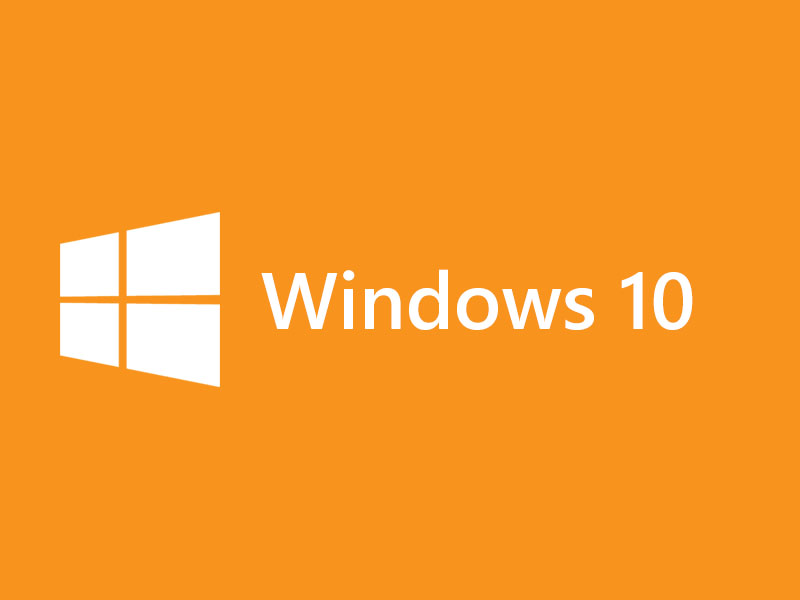Windows 10 Release
Distribution to begin on 29 July 2015
Author(s): eSolia
Date: 21-Jul-2015
Start of Distribution

On 29th July, 2015, Windows 10 distribution will begin. As has been reported in various media, Microsoft intends to make Windows 10 their “last OS”. Future upgrades will likely take the approach of Mac OS X, adding features with free patches.
New Features in Windows 10
The following are a selection of some of the new features in Windows 10.
done Start Menu is back
The Start Menu which had been removed in Windows 8, is making a return. For users were taking the trouble to use 2 different UIs in Windows 8, Windows 10 will operate similar to Windows 7. This is sure to be a popular feature.
done Cortana is ready
Cortana, first implemented in Windows Phone 8, is coming with Windows 10. It is basically the same feature as Siri in an iPhone. Unfortunately, it is still hard to call such features “useful” given the current vocal recognition technology.
done Edge Browser, a new hope
We are finally getting away from IE! The new default browser, “Edge” (previously known as “Spartan”) is coming out, and we’d say the remarkable features are 1) its note-taking, and 2) its text reading mode.
Regarding note-taking, you can annotate a website in the browser, then share this with other users as a file. Regarding text reading mode, you can eliminate all layouts or pictures, to give yourself an uncluttered view of the site.
done Easy share to Smartphone, PC and others
Provided Windows 10 can be installed to the device, file sharing will be very easy. This means you can use same files anywhere, anytime. However, we feel the need to mention that vigilance against malware will be needed, since it is increasing lately.
Preparation for Windows 10
While we are not sure how Windows 10 upgrade will present itself to users (such as via a popup in the system tray or status bar), we assume it will be similar to the process so far. However, as IT administrators, we at eSolia know very well about the risk of upgrades, and lean toward preferring a “clean” upgrade, from scratch.
To prepare for a clean installation upgrade, one should plan for data backup to avoid loss of data risk. It may be good timing to consider a strong centralized storage system (on a file server or in the cloud), or even moving to thin clients, with this upgrade.
Furthermore, we have to consider security policy updates and thorough user training, since Windows 10 makes it so easy to share data.
When to migrate to Windows 10
As you know, most new system releases are unstable for the first year. And Microsoft historically has released more stable OS versions after less stable “test” OS versions. For instance, Windows XP after ME, or Windows 7 after Vista. Since Windows 10 is coming after the relatively unstable Windows 8, we can infer Windows 10 will be a “stable” version. Since Windows 10 is also said to be the “last” version, it is safe to assume that we simply have to upgrade to this version and use it.
Buy the way, Microsoft says they released version 10 after version 8, skipping 9, to “avoid confusing users”.
Companies will usually wait for a while after a new release, to plan and wait for full stability, before releasing a new version of Windows on their company systems. eSolia recommends IT engineers try it as soon as possible.
In Closing
OS migration in an organization requires a daunting set of activities, and carries with it risk of data loss, a requirement for operational training, and particularly rough scheduling, since users need to be able to work.
For this sort of project, please contact eSolia, since we have solid experience and skill in this and related areas.